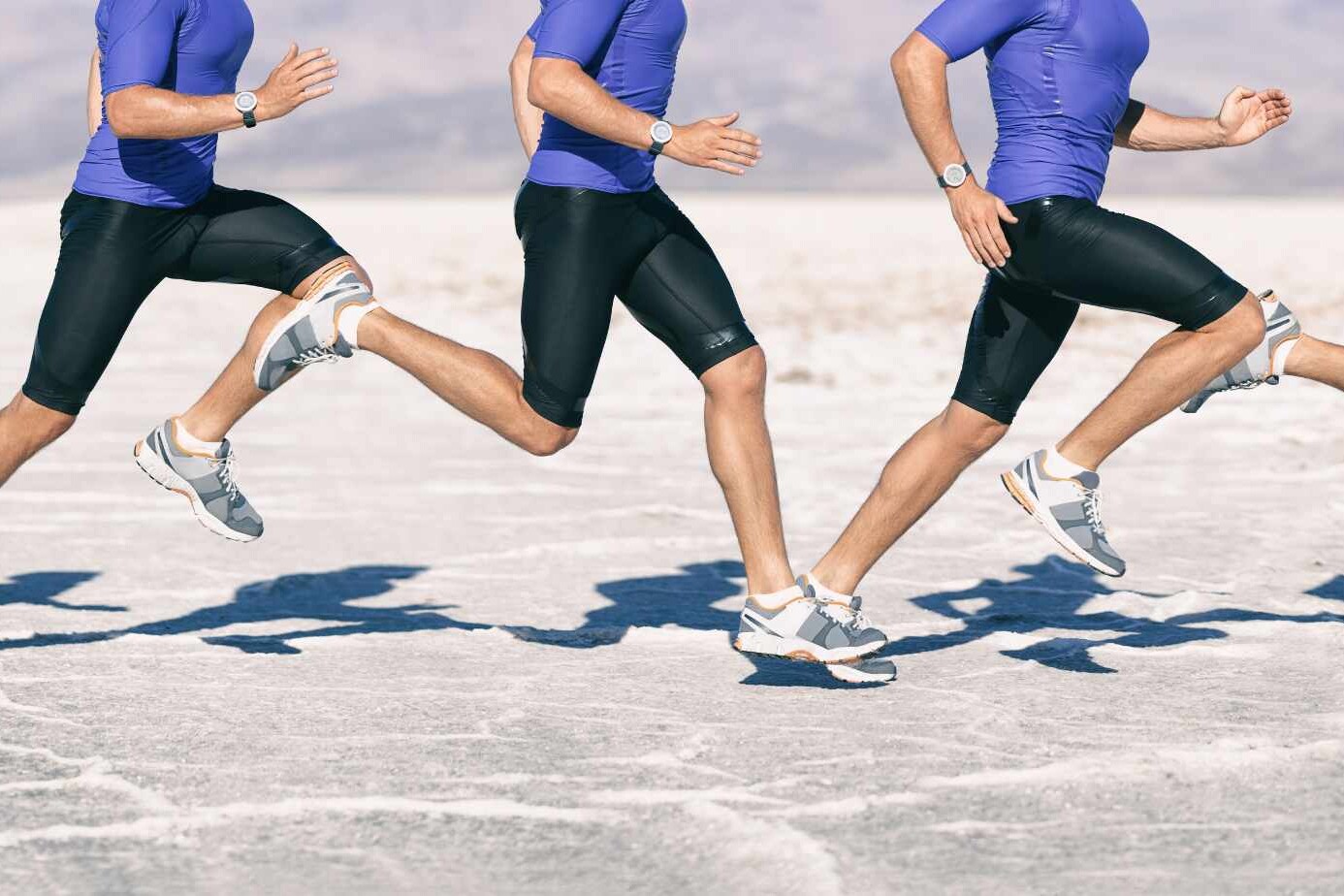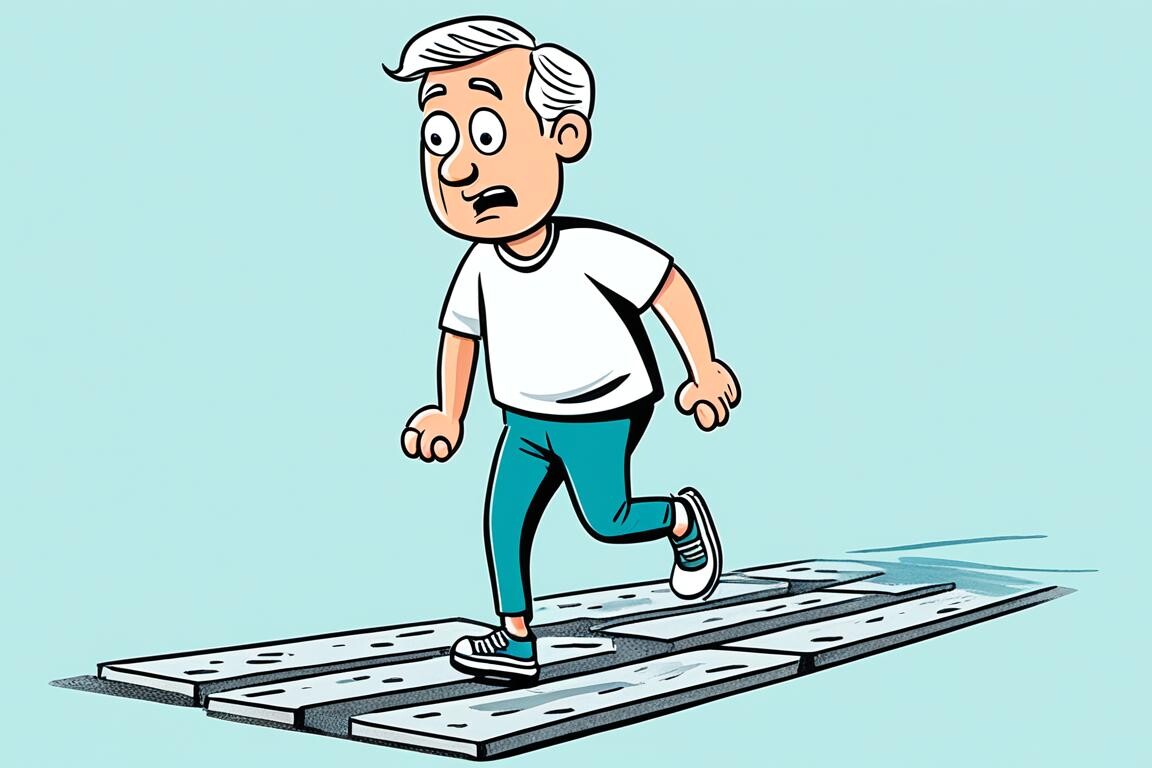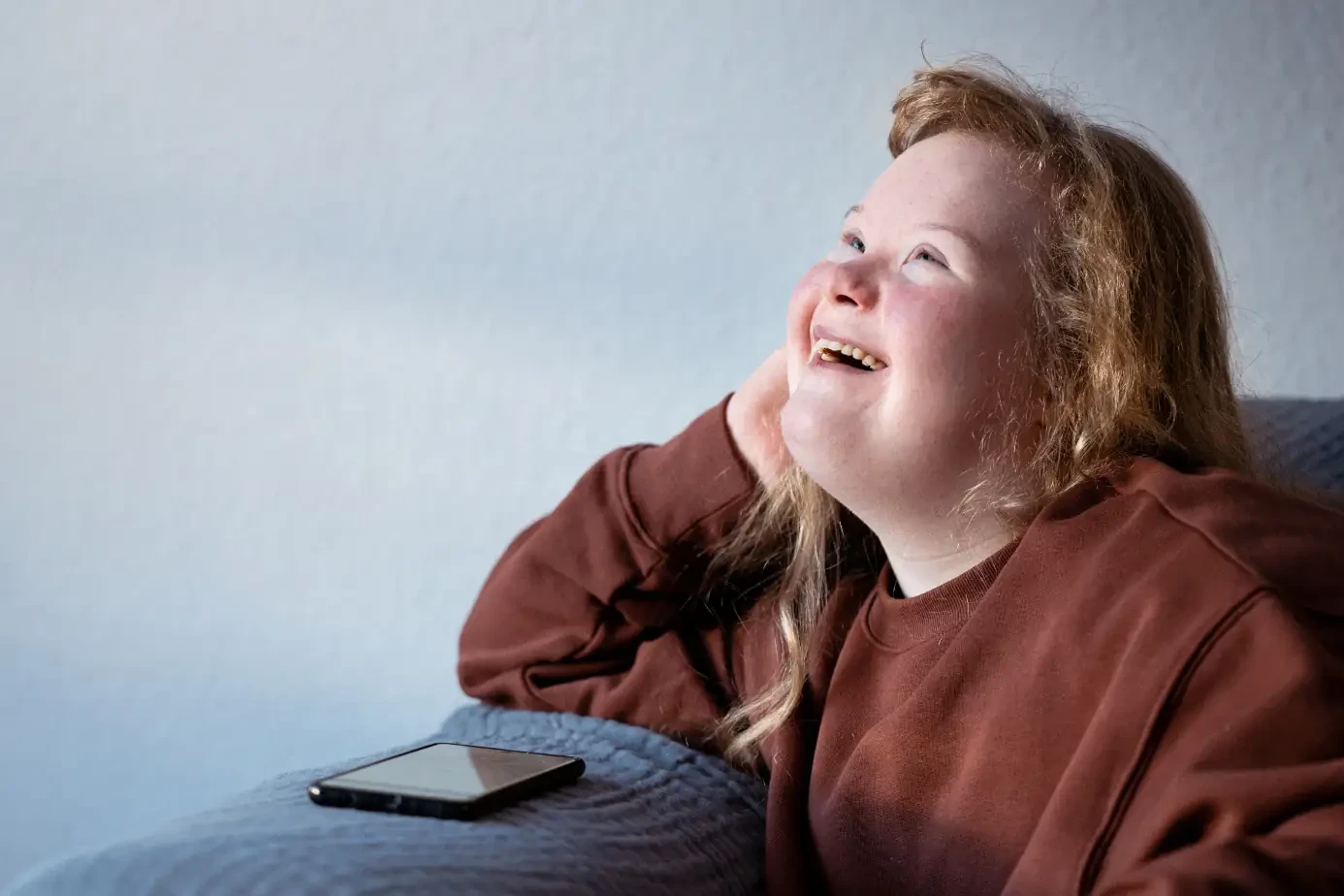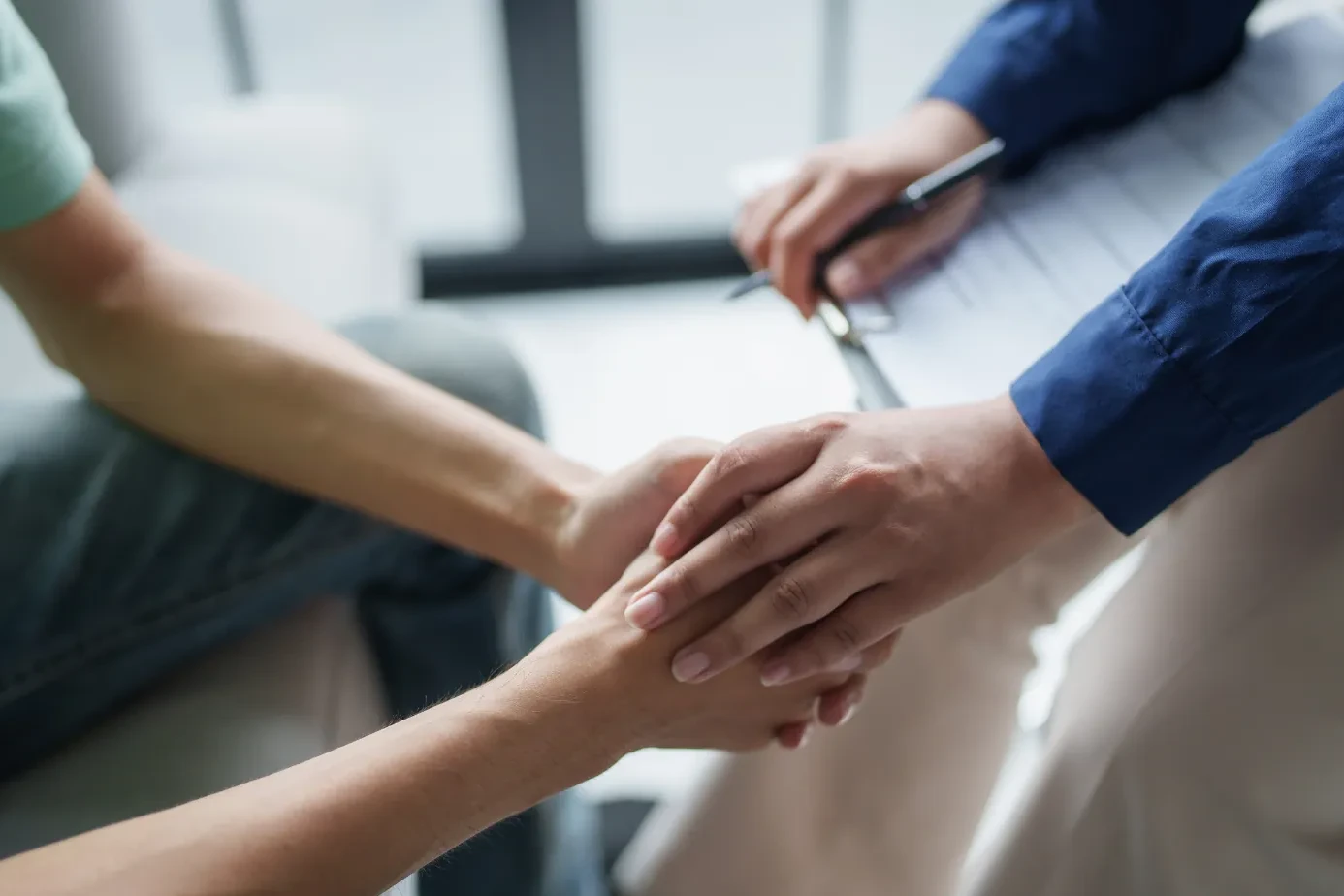Have you ever felt unsteady while walking or seen an older adult struggle to move confidently? That could be more than just aging. It could be a gait disorder, and it’s more common than you might think.
Millions of people across the globe deal with gait issues, which affect the way we walk, stand, and balance. These issues are not just inconvenient; they can severely limit independence and lead to serious injuries, including falls. The good news is gait disorder treatment options have come a long way, and help is available.
In this blog, we will talk about what gait disorders are, what causes them, and the most effective ways to treat and manage them. Whether you or a loved one is facing this issue, you’ll find clear and simple answers right here.
Table of Contents
ToggleWhat is a Gait Disorder and How Does It Affect Daily Life?
Gait disorders make it hard for people to walk normally. They can slow down your steps, make your legs feel weak, or throw off your balance. These problems may start suddenly or get worse over time.
How Do Gait Disorders Impact Mobility and Independence?
Losing the ability to walk properly doesn’t just affect the legs. It affects a person’s freedom, confidence, and safety.
- People often avoid going out, leading to loneliness
- There’s a higher risk of falling and injury
- Tasks like climbing stairs or crossing roads become hard
- Dependence on caregivers increases
Even a small walking problem can lead to big changes in everyday life.
What Are the Most Common Types of Gait Disorders?
Different kinds of gait disorders affect people differently. Some are caused by brain or nerve issues. Others come from muscle or bone problems.
- Ataxic gait: Unsteady and staggering walk, often from brain issues
- Parkinsonian gait: Shuffling steps, stooped posture
- Hemiplegic gait: Dragging one side, common after strokes
- Spastic gait: Stiff movements, legs may cross while walking
- Waddling gait: Hip weakness causes a duck-like walk
Understanding the type helps doctors choose the right gait disorder treatment.
What Causes Gait Disorders?
Gait disorders may come from many gait disorder causes. Sometimes it’s the nerves, other times it’s the muscles or joints.
- Neurological: Stroke, Parkinson‘s disease, Multiple Sclerosis
- Muscular: Muscular dystrophy, weakness due to age
- Orthopedic: Hip or knee arthritis, fractures
- Balance-related: Inner ear problems, vertigo
According to the CDC, over 3 million older adults are treated yearly for fall injuries, many related to walking issues. Studies show that about 20–35% of people over 70 have some form of gait disorder.
Older adults are more likely to have gait disorders. For example, while 85% of 60-year-olds walk normally, only 20% of 85-year-olds do. It’s interesting to note that men usually face more nerve-related gait problems. On the other hand, women often deal with gait issues caused by other health conditions.

What Are the Most Effective Gait Disorder Treatments Available Today?
There are many ways to treat gait disorders today. The right gait disorder treatment depends on what’s causing the issue.
How Can Physical Therapy Improve Gait Disorders?
Physical therapy for walking is often the first and most important step.
- Treadmill therapy helps retrain walking patterns
- Task-specific exercises improve strength and flexibility
- Balance training boosts stability
Studies show that stroke patients who get targeted gait therapy have a 60–80% improvement in walking ability.
Can Occupational Therapy Help Restore Walking Function?
Yes, especially for daily activities.
- Training for dressing, cooking, and bathing
- Learning how to walk safely indoors and outside
- Practicing movements like sitting and standing
This kind of training is called ambulation therapy and helps people return to normal routines.

When Is Medication Used in Gait Disorder Treatment?
Drugs can help manage some causes of gait disorders.
- Parkinson’s: Levodopa improves movement (Parkinson’s gait treatment)
- Multiple Sclerosis: Muscle relaxants reduce spasms
- Stroke: Medications improve blood flow and nerve function
Medication is often used along with physical therapy.
Are Assistive Devices Effective in Improving Gait?
Yes, tools can give support and make walking safer.
- Canes and walkers provide stability
- Orthotics correct foot and leg alignment
- Robotic walking device supports training and walking
Here’s a simple table comparing devices:
| Device Type | Purpose | Improvement Rate |
|---|---|---|
| Cane/Walker | Stability and balance | 30-60% |
| Orthotics | Foot/leg alignment | 40-70% |
| Robotic exoskeleton | Active walking support | 50-80% |
| Smart insoles/sensors | Feedback and tracking | 35-55% |
When Is Surgery Considered for Treating Gait Disorders?
Surgery is not common, but helpful in some cases.
- Orthopedic surgery: Fix joint or spine problems
- Deep brain stimulation for gait: Used in advanced Parkinson’s
Surgery is often recommended when other treatments don’t work.
What Is the Role of Neuromodulation and Electrical Stimulation Therapies?
These therapies use electricity to activate nerves and muscles.
- Functional Electrical Stimulation (FES): Stimulates weak muscles
- Transcranial Magnetic Stimulation (TMS): Improves brain control over movement
These are safe and growing parts of neurological rehab for gait issues.
Musculoskeletal Gait Disorders
Neurological conditions change the way we walk. But, issues with our muscles and bones can also affect our gait. Arthritis is a big reason for gait troubles. Affecting our joints, it can cause pain and make moving hard. This makes walking smoothly very tough.
Arthritis and Joint Issues
Osteoarthritis is the top arthritis type. It affects joints we need for walking like our hips, knees, and ankles. When the cartilage in these joints wears down, it causes pain and stiffness. This often messes up how we walk, making it shaky or tough. Solving arthritis gait problems helps people move more normally again.
Fractures and Injuries
Broken bones or injuries in our legs, ankles, or feet make it hard to walk right. This messes up our body’s walk-supporting systems. In these cases, physical therapy is key. It aims to strengthen and make the body more flexible. This, alongside other treatments, helps people walk like they did before the injury.

For issues linked to our muscles and bones, physical therapists can create special plans. These help people with gait problems walk better and with confidence. With the right care, they can often get back their walking skills.
Age-Related Gait Disorders
As we get older, walking can become harder. This is often due to our strength, balance, and how well we feel things changing. When our muscles are weak and our joints stiff, moving can be tough. This leads to unsteady or slow movements. Such changes can make us more likely to fall. They also affect how we live every day and the joy we find in life.
Gait problems are seen more as we age. For example, some 60 to 69-year-olds might have trouble walking, but this jumps to more than half of those over 80. A study also found that 35% of people over 70 experienced walking difficulties. So, you can see that these issues greatly impact our oldest citizens.
Thankfully, there is help. Physical therapy can do a lot to improve our walking. Therapists use exercises and training to boost our balance and mobility. This not only helps us stay on our feet but also boosts our well-being. For the elderly, how fast they walk might show how long they will live. Steps that make us move better could even prevent some cases of dementia in the future.
| Age Group | Percentage of Individuals Walking Normally |
|---|---|
| 60-year-olds | 85% |
| 85-year-olds | 20% |
The table shows that walking well decreases as we get older. Therefore, it’s vital to take steps to keep walking and moving.
Older adults may lose strength or balance.
- Balance and coordination therapy
- Strength training for legs and hips
- Smart walking aids for support
| Condition | Recommended Treatment | Success Rate (%) |
| Stroke | Gait rehab, treadmill training | 65–80% |
| Parkinson’s | Levodopa, DBS, physio | 50–70% |
| MS | FES, therapy, medications | 40–60% |
| Cerebral Palsy | Bracing, orthopedic surgery | 60–85% |
Take the First Step Toward Better Walking With Dr. Chandril Chugh
If walking has become a daily struggle, don’t wait. Gait disorder treatment works best when it starts early. Dr. Chandril Chugh, a US-trained, board-certified neurologist, brings deep expertise in brain and walking disorders. Whether it’s stroke recovery, walking difficulties in elderly, or complex nerve issues, he can help you walk better again.
Book a one-on-one consultation now to discuss your symptoms, get a full diagnosis, and receive a custom treatment plan.
FAQ
What are gait disorders?
A gait disorder is a condition that changes how people walk. It can happen due to many reasons. For example, it could be because of a bone or joint problem like arthritis. Or, it could relate to issues in the brain or nerves, such as with Parkinson’s Disease.
Multiple diseases can affect how someone walks, such as Multiple Sclerosis. They can make people walk differently or find it hard to walk at all.
How prevalent are gait disorders?
They become more common as people grow older. They might affect around 20% of those over 60 years old.
How do gait disorders impact daily life?
Gait disorders change how people can move and get around. They can make someone less independent. They also lower the quality of life for those with the disorder.
What is the role of physical therapy in treating gait disorders?
Physical therapy is crucial for treating gait disorders. It all starts with a thorough check of how a person walks and their health history.
After this, a personalized plan is made. This plan may include special exercises to get stronger, improve balance, and learn to walk better. Hands-on treatments can also help make muscles and joints more flexible.
What types of therapeutic interventions are used for gait disorders?
There are several ways to help with gait disorders. Physical therapy uses methods like getting stronger and better at balancing.
People might also need to learn how to walk in a different way. Plus, sometimes tools like canes or walkers can be useful.
How do neurological conditions contribute to gait disorders?
Brain and nerve issues can really change the way someone walks. Conditions like Parkinson’s Disease and stroke mess up how the nervous system controls the muscles.
This can make walking hard and affect balance, causing a gait disorder.
How do musculoskeletal disorders affect gait?
Bone and joint problems can also disrupt our walk. Injuries or diseases in the legs can impact how we move, causing gait issues.
What role does aging play in the development of gait disorders?
As we get older, gait disorders can become more common. It is often because our bodies naturally weaken with age. This includes our strength, balance, and how we feel with our senses.
Source Links
- https://www.ncbi.nlm.nih.gov/pmc/articles/PMC2816030/
- https://www.aafp.org/pubs/afp/issues/2010/0701/p61.html
- https://www.hindawi.com/journals/aneu/2014/573862/
- https://www.webmd.com/brain/types-gait-disorders
- https://www.ncbi.nlm.nih.gov/books/NBK560610/
- https://ptunlimitedinc.com/physical-therapy-services/gait-disorders/
- https://www.choosept.com/guide/physical-therapy-guide-gait-dysfunctions
- https://www.myactionpt.com/physical-therapist-s-guide-to-gait-dysfunctions
- https://pubmed.ncbi.nlm.nih.gov/35787837/
- https://www.ncbi.nlm.nih.gov/pmc/articles/PMC5318488/
- https://www.ncbi.nlm.nih.gov/pmc/articles/PMC2872829/
- https://www.ncbi.nlm.nih.gov/pmc/articles/PMC6850501/
About The Author

This article is medically reviewed by Dr. Chandril Chugh, Board-Certified Neurologist, providing expert insights and reliable health information.
Dr. Chandril Chugh is a U.S.-trained neurologist with over a decade of experience. Known for his compassionate care, he specializes in treating neurological conditions such as migraines, epilepsy, and Parkinson’s disease. Dr. Chugh is highly regarded for his patient-centered approach and dedication to providing personalized care.
→ Book a consultation to discover which remedies suit your needs best.




